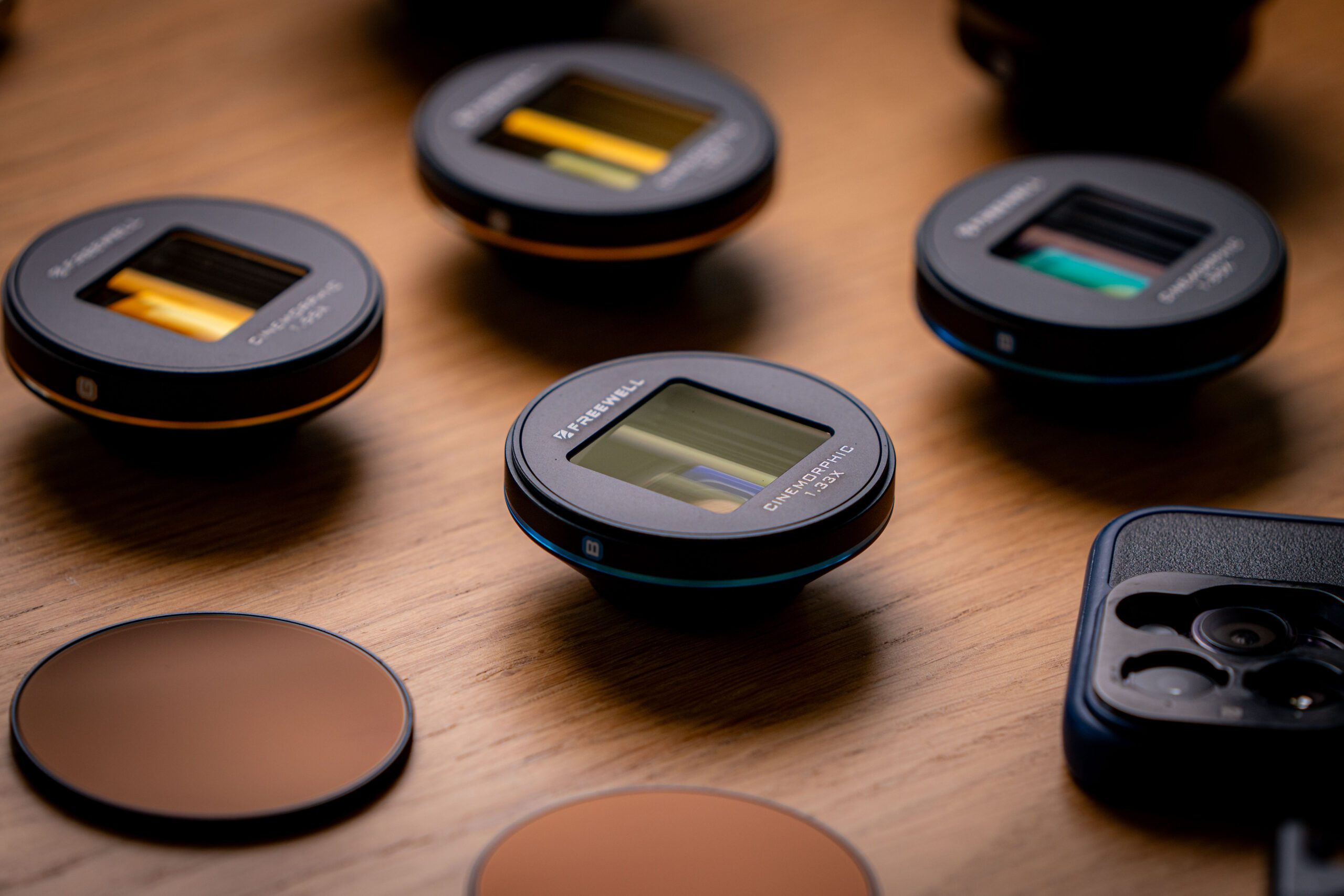|
Getting your Trinity Audio player ready...
|
Apple has never shied away from experimenting with its product lineup, and the iPhone 17 “Air” seems to be the latest in a series of bold moves. First introduced through whispers and leaks earlier this year, this model aims to strike a balance between the standard iPhone and the Pro models.
The iPhone 17 “Air” is expected to feature a smaller 6.6-inch display, a compact Dynamic Island, and an aluminum chassis. While its camera setup might not rival the Pro models, the sleek, slim design is the real selling point. This model is all about aesthetics, appealing to those who prioritize a stylish device over high-end performance.
Apple appears to be positioning this model as a more attractive alternative to the standard iPhone, without the hefty price tag or the overwhelming specs of the Pro series. It’s a middle ground for consumers who want a bit more flair without going all out.
Apple’s journey with the iPhone lineup has been marked by hits and misses. The iPhone 12 mini, introduced in 2020, was a nod to fans of smaller phones, but its commercial success was limited. The subsequent iPhone 14 Plus didn’t fare much better, failing to capture significant market share.
With the iPhone 17 “Air,” Apple seems to be refining its approach. By blending the sleekness of the mini with a more universally appealing size and design, Apple hopes to find the sweet spot that previous models missed.
Looking beyond the iPhone 17 “Air,” Apple’s future plans are even more intriguing. Mark Gurman of Bloomberg has hinted at a future where Apple squeezes the power of a Pro model into this slim form factor, potentially creating an iPhone “Ultra.”
An iPhone Ultra could bring Pro-level features into a smaller, more compact design. Imagine having the processing power, camera quality, and display technology of the Pro models in a device that’s easier to hold and carry. While this vision might not come to fruition until 2027 or later, it’s a tantalizing prospect for Apple fans.
In addition to the iPhone Ultra, there’s ongoing speculation about Apple’s entry into the foldable device market. Gurman suggests that a foldable iPad might actually hit the market before a foldable iPhone, but both devices are likely in Apple’s long-term strategy.
These developments indicate that Apple is exploring new form factors and technologies, positioning itself to stay ahead in an increasingly competitive smartphone market.
The introduction of the iPhone 17 “Air” could signal a return to growth for Apple’s iPhone lineup. By offering a model that stands out from both the standard and Pro lines, Apple is likely aiming to capture a new segment of the market. Gurman believes this strategy could be more successful than previous attempts like the mini and Plus models, potentially driving meaningful growth in 2025 and beyond.

IPhone Lenses and Filters
As Apple works on its flagship models, the company isn’t forgetting about its more budget-conscious customers. The iPhone SE 4, expected to launch as early as 2025, will reportedly feature a larger OLED display and enhanced features powered by Apple’s advanced technology. This move could further solidify Apple’s hold on the mid-range smartphone market, offering high-quality devices at a more accessible price point.
The iPhone 17 “Air” represents a shift in Apple’s strategy, blending a sleek, stylish design with accessible features. While it’s just a step toward something greater, it opens the door to a future filled with exciting possibilities like the iPhone Ultra and foldable devices. As Apple continues to innovate and adapt to market demands, it’s clear that the company is setting the stage for a new era of iPhone evolution.
SOURCE CREDIT!